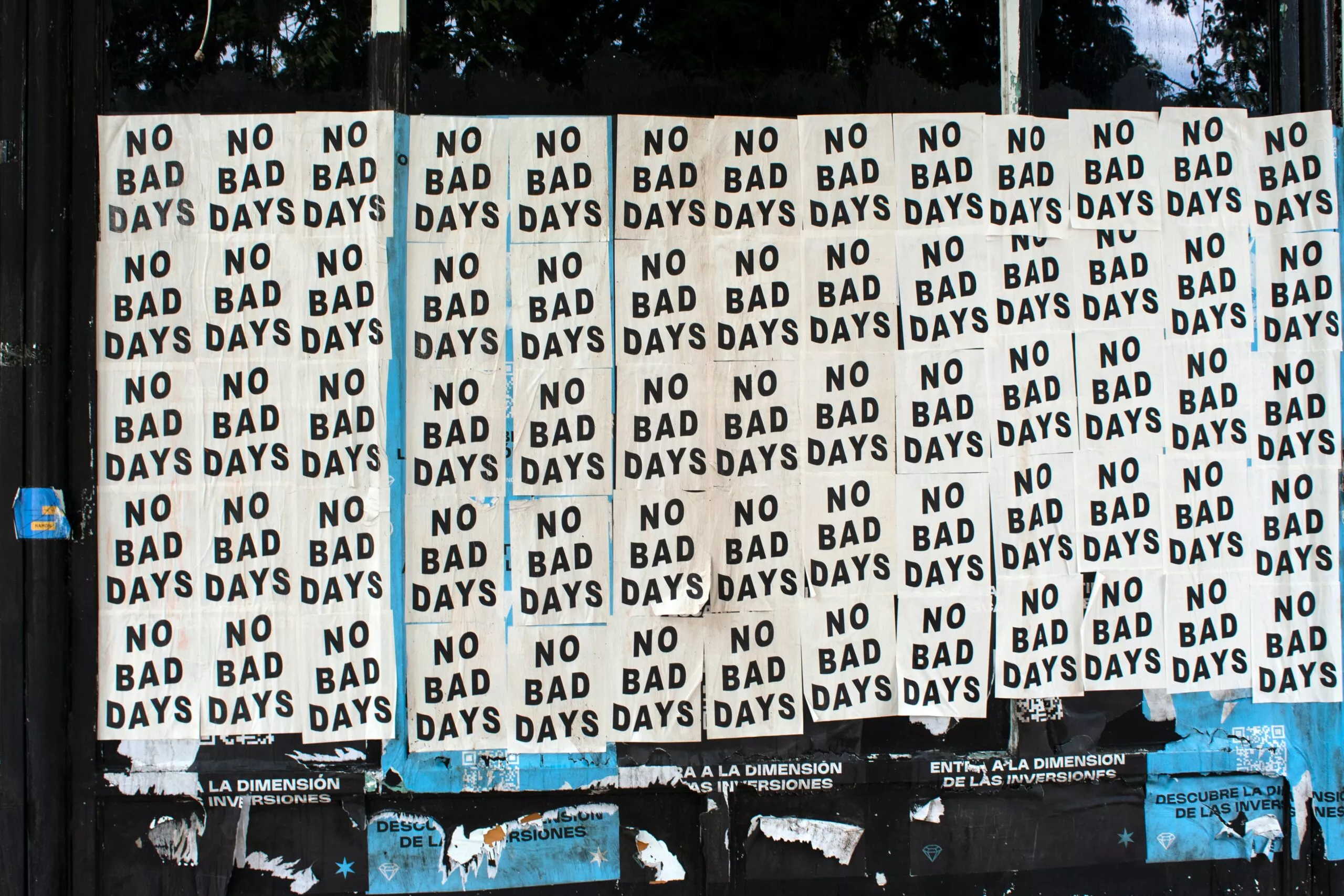
Article
Assortment strategy: the quest for more sales and better margins
Assortment strategy is a crucial business decision. Supermarkets are competing for shelf space. But banks, insurers and car brands are also asking themselves: how much choice should I give my customers? In this article, we explore pragmatic solutions for a compact assortment that delivers higher margins.
The assortment as a cafeteria model: the holy grail?
Many companies think that an assortment in the form of a ‘cafeteria model’ is ideal for their customers: individual customers can put together their own product/service. Also known as “pick & choose”. Like the pizza at Domino’s: you decide which base, which ingredients and which sauce. A seemingly attractive model that can also be applied to services like payment packages and insurance, and products like cars and sneakers.
The philosophy: there are so many different customers that we cannot possibly make a range that makes everyone happy. So we give the customer the choice. Because a customer who can put together the product according to their own needs is a satisfied customer and the best guarantee for more sales.
Arguments for remediation of assortment
There are, however, also reasons for keeping the assortment clear. The most important ones:
- Cost: More choice for customers in many cases, means more costs for the company. Ranging from logistics costs (inventory, shelf space) to operational management costs (adjusting IT systems, working out documentation, updating terms and conditions).
- Operational complexity: More choice for customers means a greater variety of customer requests when something goes wrong, and great challenges to facilitate employees in their work. We see many companies following the path back to downsizing after years of assortment enrichment because of management complexity and cost.
- Paradox of choice: More choice often leads to “choice stress”, resulting in fewer sales (Paradox of choice, Schwartz (2014).
In practice, we found that there are often too many different variants of a product. For example, for a top 10 car brand, we found that 5 out of 48 variants of a model accounted for 75% of sales volume. The 80-20 rule still often holds true.

People are less unique and less free in their choices than they think they are
One of the challenges with assortment strategy is that people overestimate their own uniqueness and need for freedom of choice. Marketers that conduct research on customer preferences must keep in mind that the importance customers say they place on freedom of choice does not reflect their actual behavior.
To the bank, customers say they want to be able to switch their investment profile, but most customers never change. Adidas and Nike offer customers the ability to completely customize sneakers, but most customers who choose to do so first look on social media to see what is popular and copy that. One fashion retailer we worked for discovered that a pullover available in 16 colors sold especially well in the color the model wore in the brochure. More than 60% of sales were in this color.
How to make choices
How do you determine which components come standard in a product (package) and which can be chosen as supplements? Based on our experiences in telecom, finance and automotive, we arrive at the following general maxim:
Assortment strategy is customized
Supply strategy is by definition customized. Because it depends, among other things, on the variation in customer preferences, the size of target groups, the willingness of customers to pay for specific features, the cost structure of the company, the operational flexibility of the organization and the competitive environment. The challenge is to find an assortment strategy that finds the optimum between “one-size-fits-all” and the “cafeteria model. Below we describe two practical solutions.
At The House of Marketing, we use TURF and latent class analysis to distinguish target groups (customer segmentation). For example, for a bicycle insurance policy we discovered two specific target groups. A group that values getting reimbursed for the new value of the bicycle after several years of bicycle ownership. And a group that wants to pay more for roadside assistance. The marketer with this kind of insight has an almost unfair advantage.
There is much more to say about assortment strategy. For example, how do you deal with products that give you a distinctive position over your competitors? And what if a specific part of your product is very important to a relatively small group of customers? Anyone looking for answers to these or other questions about assortment strategy can directly get in touch with us!
You may also like
Discover smart tips, personal stories from our clients and our take on the latest marketing trends

